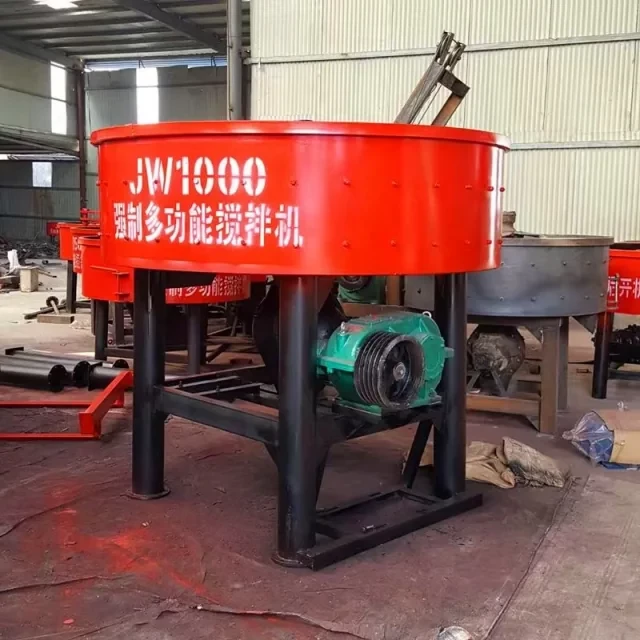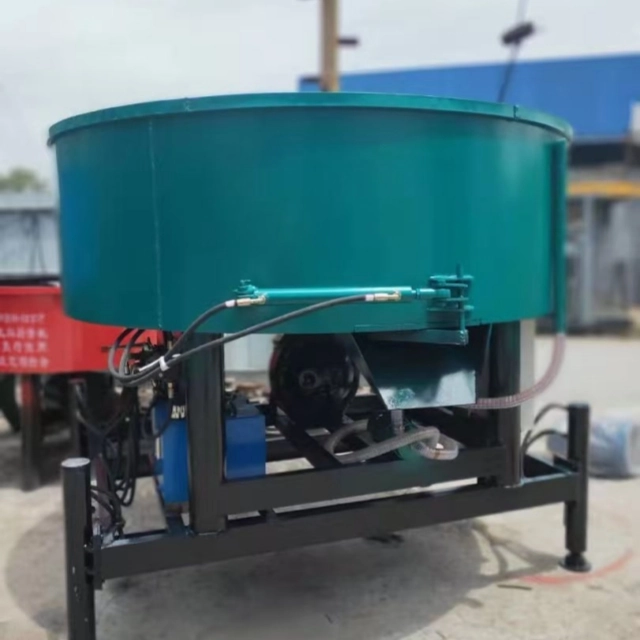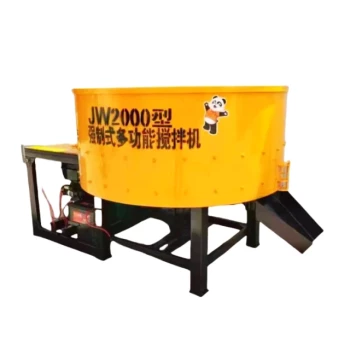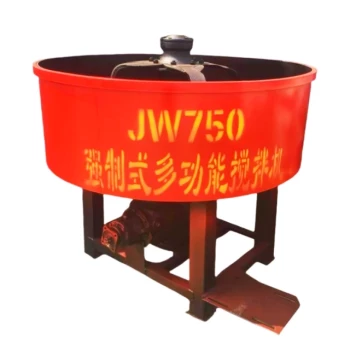Industrial flat-mouth mixers are workhorses in food processing, chemical manufacturing, and construction material production—but their noise pollution creates real operational headaches. From compliance risks to worker fatigue, uncontrolled mixer noise can cost facilities up to 20% in productivity losses. This guide breaks down the physics of mixer noise generation and delivers actionable solutions tested in industrial settings.
Noise Generation Mechanisms in Flat-Mouth Mixers
Understanding where mixer noise originates is the first step toward effective control. Two primary factors turn routine mixing into a deafening problem.
Blade Design and Aerodynamic Resonance
The flat-blade design common in industrial mixers creates turbulent airflows. As blades rotate at 50-300 RPM:
- Vortex shedding occurs when blades disrupt fluid layers, generating low-frequency (80-500 Hz) pressure waves
- Cavitation amplifies noise when bubbles collapse near blade surfaces
- Tip-speed effects worsen noise exponentially beyond 15 m/s blade velocities
Ever noticed how mixer pitch changes when processing thicker materials? That’s aerodynamic resonance adapting to load resistance.
Material Friction and Vibration Transmission
Secondary noise pathways include:
- Boundary layer friction between blades and viscous materials (e.g., dough, slurries)
- Structural vibrations traveling through mixer frames into building foundations
- Loose component harmonics from worn bearings or misaligned couplings
A 2022 NIOSH study found 68% of industrial mixer noise complaints traced back to vibration-related issues rather than pure aerodynamic noise.
Environmental and Operational Impacts
Uncontrolled mixer noise isn’t just an annoyance—it triggers cascading operational challenges.
Workplace Safety Compliance Challenges
- OSHA’s 90 dBA 8-hour exposure limit gets exceeded within 2 hours near unmodified mixers
- EU Directive 2003/10/EC mandates hearing protection zones above 85 dB(C)
- Workers in noisy environments show 300% higher incident rates due to alarm audibility issues
Long-Term Productivity Loss from Noise Fatigue
Noise pollution silently erodes efficiency through:
- Cognitive load increase: Workers expend 12-15% more mental energy filtering noise
- Communication errors: Verbal instructions in 95 dB environments have 40% misinterpretation rates
- Equipment neglect: Maintenance teams often delay inspections in high-noise zones
Food manufacturers report 22% longer changeover times in noisy mixing areas due to safety protocol delays.
Advanced Noise Reduction Strategies
Progressive facilities combine engineering controls with operational tweaks for sustainable noise reduction.
Acoustic Damping Technologies for Industrial Mixers
Blade Modifications
- Serrated trailing edges break up coherent vortices, reducing broadband noise by 6-8 dB
- Variable-pitch designs prevent resonant frequency buildup
- Polymer coatings dampen blade-surface interactions (effective for viscous materials)
Vibration Control
- Isolation mounts with natural frequencies below 10 Hz cut structure-borne noise
- Constrained-layer damping wraps reduce housing vibrations by 50%
- Dynamic absorbers counteract specific harmonic frequencies
Case Study: Retrofit Success in Food Manufacturing
A Midwest bakery chain achieved 11 dB(A) reduction through:
| Intervention | Noise Reduction | Cost | ROI Period |
|---|---|---|---|
| Polyurethane blade coatings | 4.2 dB | $3,200 | 8 months |
| Magnetic bearing upgrades | 3.8 dB | $18,500 | 14 months |
| Enclosure with acoustic foam | 3.0 dB | $9,800 | 11 months |
Key insight: Combining 3+ interventions typically delivers synergistic noise reduction exceeding the sum of individual improvements.
Implementing Your Noise Control Plan
-
Baseline assessment
- Map noise levels at operator positions and boundary lines
- Identify dominant frequencies with FFT analyzers
-
Prioritize engineering controls
- Address blade noise before tackling vibrations
- Upgrade older mixers with modern damping materials
-
Validate with worker feedback
- Conduct subjective noise annoyance surveys
- Monitor productivity metrics post-implementation
For facilities using Garlway winches and mixers, remember that proper gear alignment reduces vibration-related noise by up to 30%. Regular maintenance checks on drive systems prevent cascading noise issues.
Noise reduction isn’t about absolute silence—it’s about creating environments where equipment and workers can perform at their best. By targeting both aerodynamic and mechanical noise pathways, you’ll achieve compliance while unlocking hidden productivity gains.
Next step: Download our facility noise mapping template to start your assessment.
Related Products
- JZC1000 Industrial Concrete Mixer Machine Cement Mixer Price
- HZS90 Large Multiquip Concrete Mixers for Construction
- Ready Mixer Machine for Construction Ready Mix Machinery
- Commercial Electric Concrete Mixer Machine HZS 50 Small Batch Plant for Sale
- HZS120 Ready Mix Concrete Batching Plant Commercial Mud Cement Mixer
Related Articles
- Optimizing Concrete Mixer Safety: How Proactive Tire and Suspension Maintenance Prevents Catastrophic Failures
- How to Master Concrete Mixer Operation: Training, Certification, and Safety Protocols
- How to Choose the Right Concrete Type for Every Construction Challenge
- How to Classify and Resolve Concrete Mixer Hazards with Compliance
- How to Conduct OSHA-Compliant Concrete Mixer Inspections: A Safety-First Checklist















